 Gold has been on a rampage since the early 2000’s with yearly gains for 12 years in a row. Nothing lasts forever and the number 13 is starting to look very unlucky for gold. Barring a major upset in the world financial system, it looks increasing likely that gold will decline in the 13th year of its long rally in the year 2013.
Gold has been on a rampage since the early 2000’s with yearly gains for 12 years in a row. Nothing lasts forever and the number 13 is starting to look very unlucky for gold. Barring a major upset in the world financial system, it looks increasing likely that gold will decline in the 13th year of its long rally in the year 2013.
Bloomberg’s Julie Hyman and Michael Purves, chief global strategist at Weeden & Co. take an interesting look at the factors impacting gold prices on Bloomberg Television.
Mr. Purves notes that the “flash crash” of gold in April correlated to a stronger dollar in the first half. The strong dollar in the first half of the year has reversed and we have seen a weaker dollar so far in the second half of the year with a rebound and stabilization in gold prices.
Further evidence of healthy consolidation in gold prices can be seen by gold’s refusal to break to new lows as was widely predicted by consensus analysts. Mr. Purves expects that the current consolidation in gold prices is building a base for a future advance. As to the impact of a more restrained Federal Reserve monetary policy, Mr. Purves expects any tapering to be “measured and conditional.”
A strategy recommended by Mr. Purves to take advantage of expected continued volatility in gold prices is the option strategy of selling a November 127 put on the GLD and buying the 133 call.
The consensus opinion for gold remains one of bearishness or guarded optimism – and everyone knows that when the crowd is leaning in one direction, don’t be surprised if the consensus turns out to be wrong.
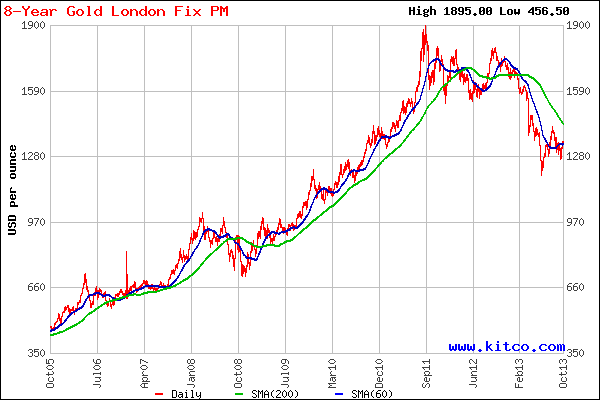
 The bear case for gold and silver stocks is well known and investors have reacted by dumping mining stocks indiscriminately. The staggering decline in gold and silver stocks over the past two years now exceeds the decline that occurred during the crash of 2008 when the financial system was at the brink of collapse.
The bear case for gold and silver stocks is well known and investors have reacted by dumping mining stocks indiscriminately. The staggering decline in gold and silver stocks over the past two years now exceeds the decline that occurred during the crash of 2008 when the financial system was at the brink of collapse.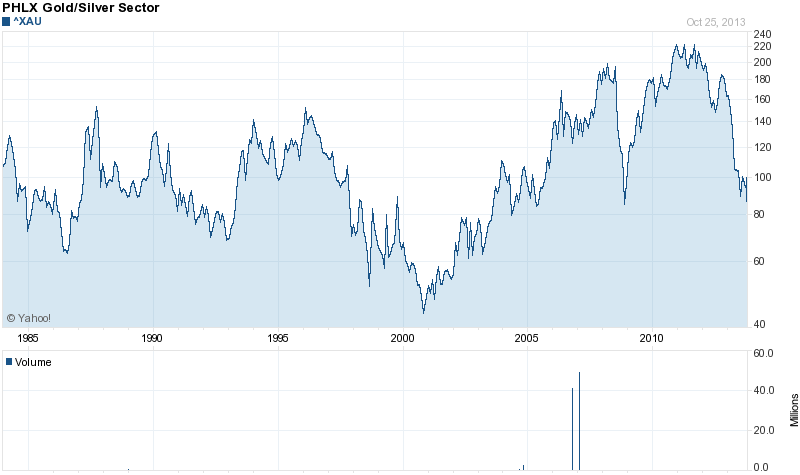
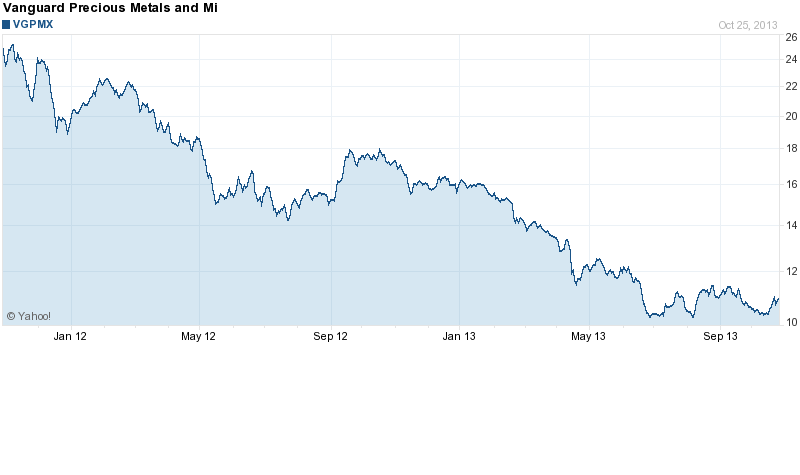
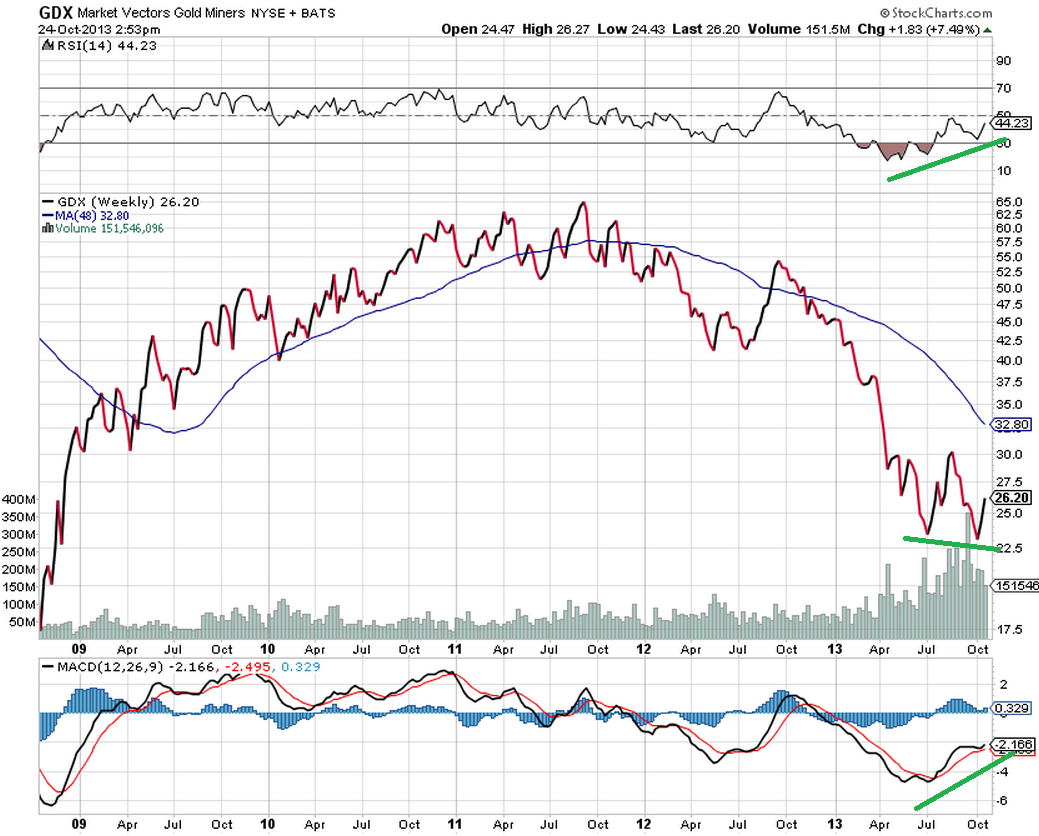
 By: GE Christenson
By: GE Christenson

 Demand for American Eagle gold and silver bullion coins remained sluggish in September according to the latest figures from the U.S. Mint.
Demand for American Eagle gold and silver bullion coins remained sluggish in September according to the latest figures from the U.S. Mint.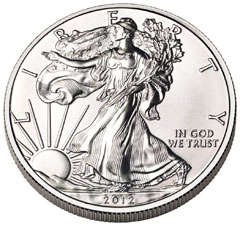 Precious metals analyst Suki Coper at Barclays takes a look at the silver market in an interview with Bloomberg Television.
Precious metals analyst Suki Coper at Barclays takes a look at the silver market in an interview with Bloomberg Television.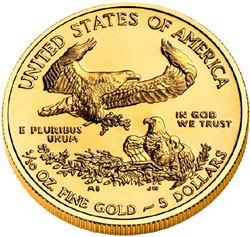 Large scale liquidation of gold backed exchange-traded products (ETP) sent gold prices into a tailspin during April. Billionaire investor George Soros, who had sold 55% of his holdings in the SPDR Gold Shares (GLD) during the last quarter of 2012, further reduced his gold positions during the first quarter. Soros is a legendary trader and investor who has made billions moving ahead of the crowd.
Large scale liquidation of gold backed exchange-traded products (ETP) sent gold prices into a tailspin during April. Billionaire investor George Soros, who had sold 55% of his holdings in the SPDR Gold Shares (GLD) during the last quarter of 2012, further reduced his gold positions during the first quarter. Soros is a legendary trader and investor who has made billions moving ahead of the crowd.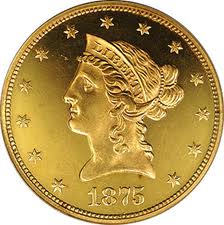 Don’t precious metal investors read newspapers? Despite proclamations from the mainstream press that the bull market in gold and silver is over, a buying frenzy in precious metals is occurring worldwide. The gold rush mentality to buy gold and silver at bargain prices has resulted in stock out conditions for many retail sellers of precious metals, including
Don’t precious metal investors read newspapers? Despite proclamations from the mainstream press that the bull market in gold and silver is over, a buying frenzy in precious metals is occurring worldwide. The gold rush mentality to buy gold and silver at bargain prices has resulted in stock out conditions for many retail sellers of precious metals, including  A profound thanks to all the short term fickle speculators in gold and silver who have shifted their portfolio allocations to stocks, bank accounts and
A profound thanks to all the short term fickle speculators in gold and silver who have shifted their portfolio allocations to stocks, bank accounts and